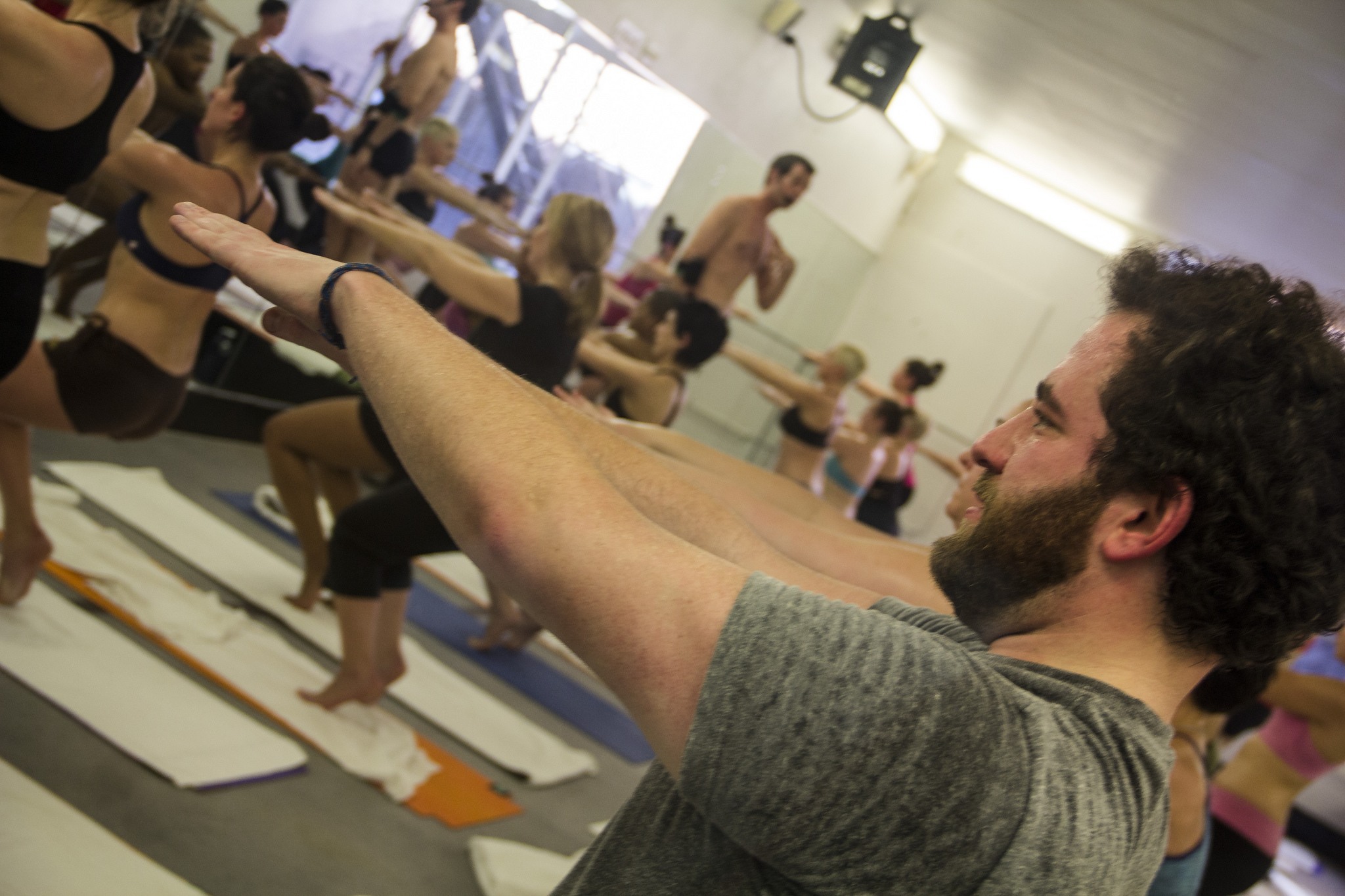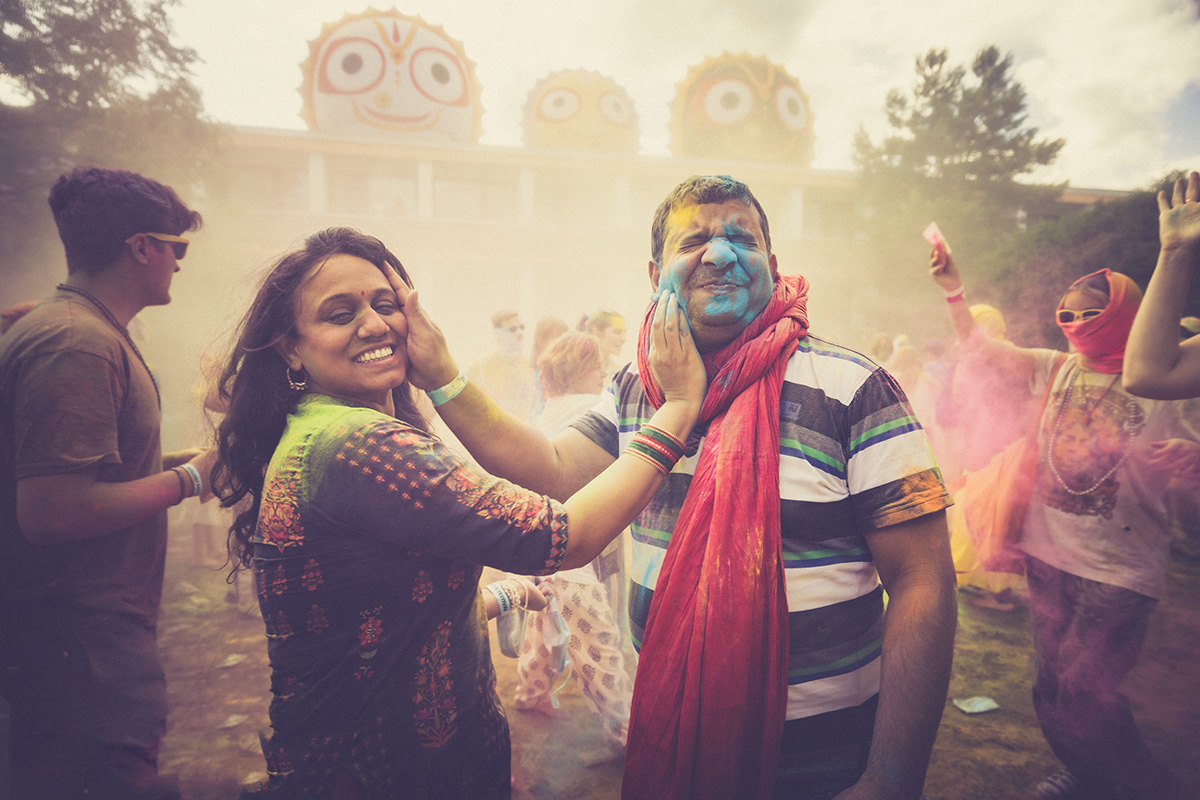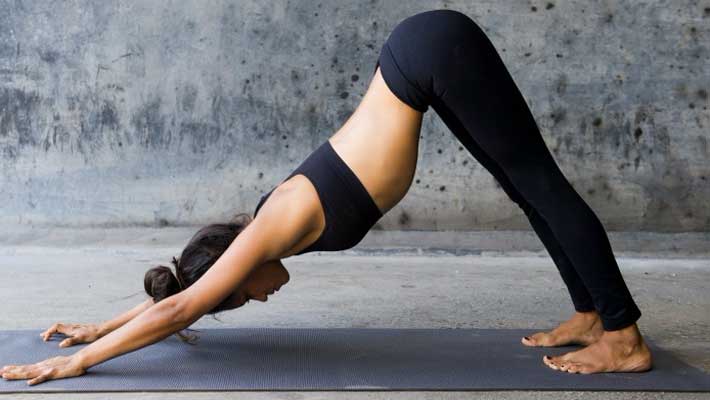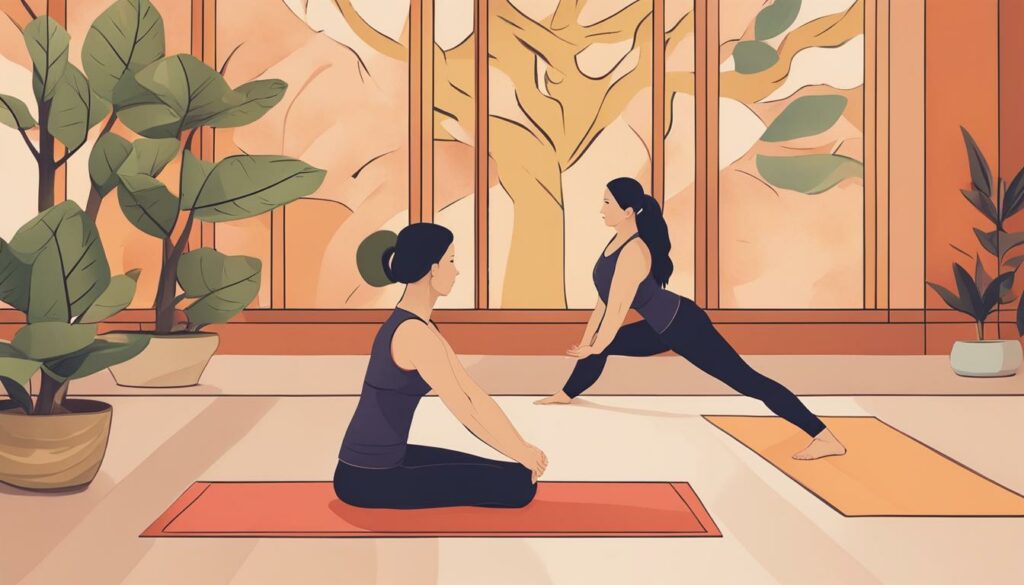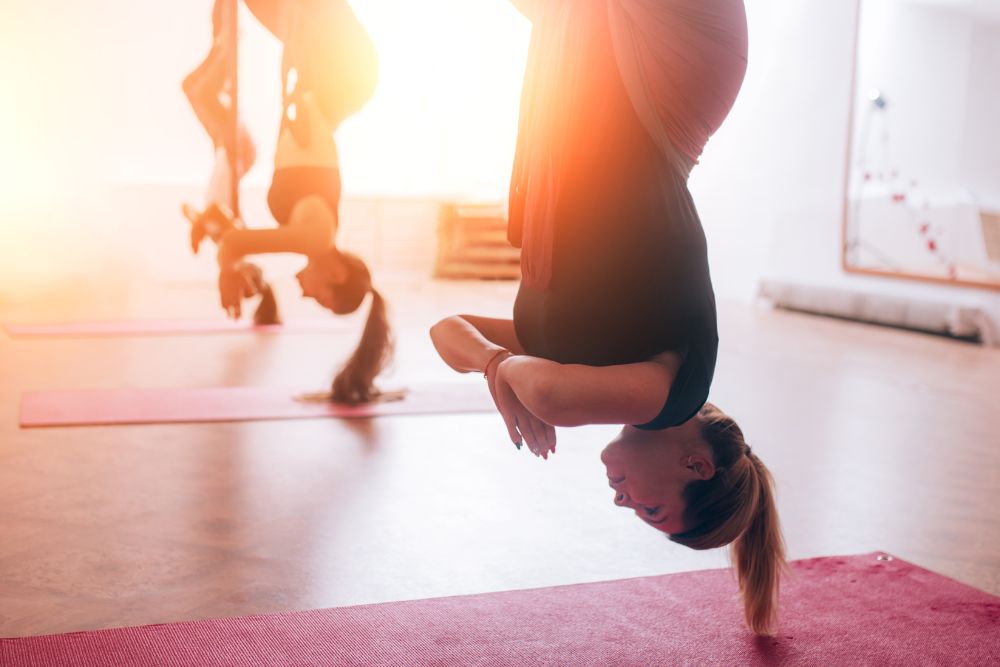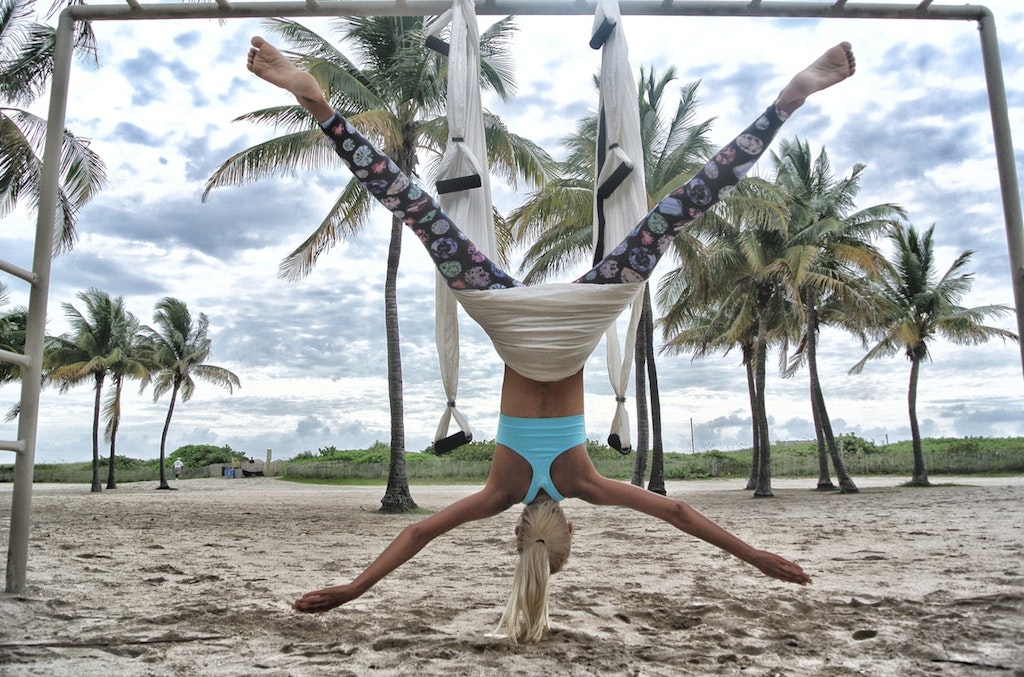The history of Hatha yoga
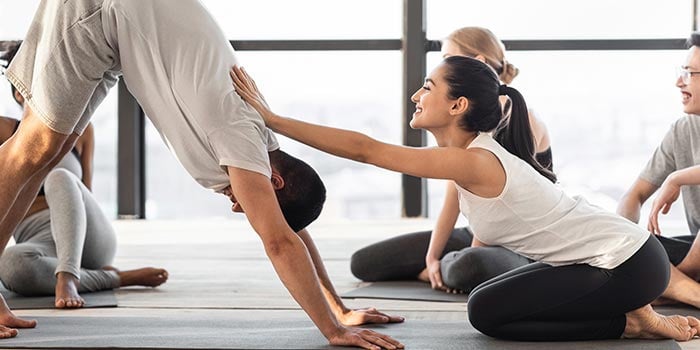
Hatha yoga is an umbrella term that describes physical exercise and breathing techniques used to achieve mindfulness.
Originating in India, this concept traces back to the eleventh century A.D.; however, posture-based forms of yoga did not develop until the early 20th century. Hatha yoga today is based on the practices outlined in the Hatha Yoga Pradipika.
Hatha yoga began developing in India during the 1920s and 1930s, with the first official school opening in Mysore in 1924. During this time, the Indian traditions of Hatha yoga merged with the physical culture of western society.
Once physical culture grew in popularity in the 20th century, Hatha yoga teachings became popularized in the west.
Hatha yoga today
Today, Hatha is practiced regularly by people all around the world. However, it is not practiced in the same manner as classical Hatha yoga once was.
Modern Hatha yoga has shifted to focus on large class sizes that are often drop-in rather than routine sessions with the same group of students. This has made taking yoga classes easier to fit into your schedule at your convenience.
The Sanskrit word Hatha literally translates to force. Hatha classes will teach you how to apply prana, or vital energy, to different yoga postures. Hindu texts describe prana as the physical, mental and spiritual energy in Hinduism. Classes typically last anywhere from 45 to 90 minutes, and you can expect that it will finish with some pranayama yoga or meditation.
Today’s Hatha yoga classes[……]

